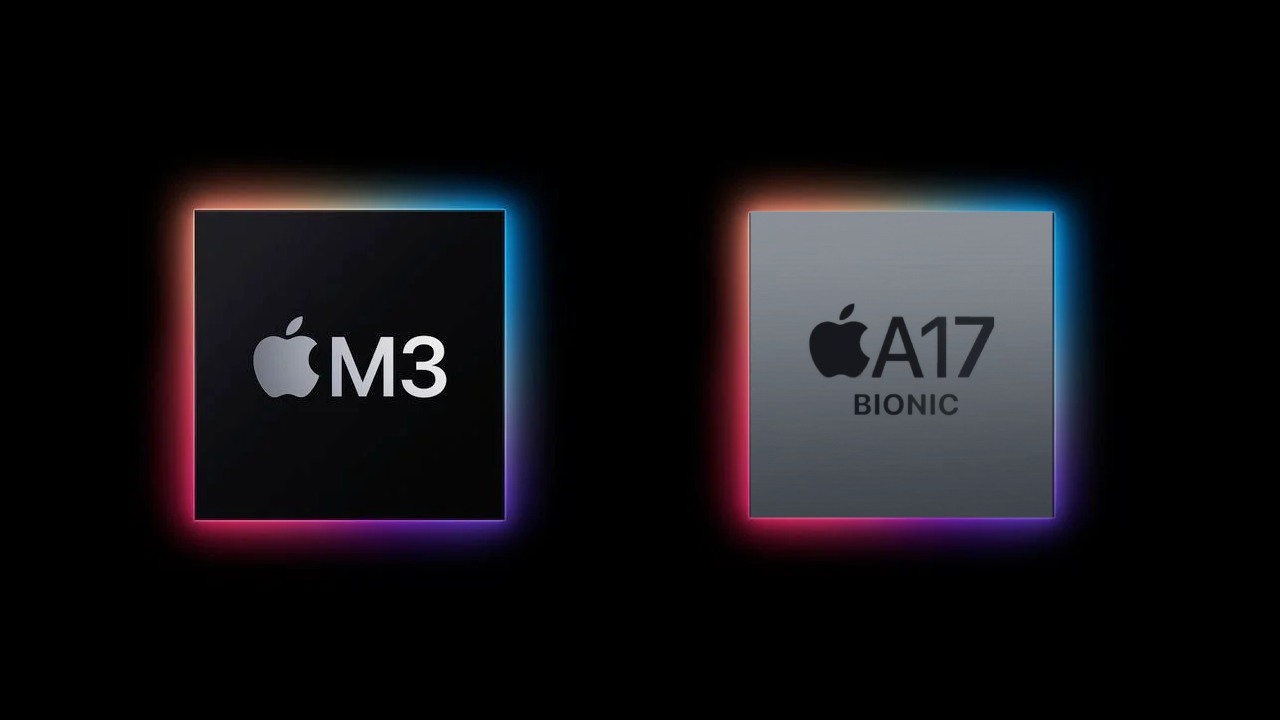The two most powerful smartphone chipsets of 2023, the Snapdragon 8 Gen 3 (expected to power the Samsung Galaxy S24 series counterparts) will likely be introduced in October or November, and the A17 Bionic (which will power the iPhone 15 Pro models) most likely in September. So how will the A17 Bionic be, which is expected to be even more powerful than the Snapdragon 8 Gen 3?
The most powerful chip? How will the A17 Bionic be?
The A17 Bionic will likely not only get ahead of the Snapdragon 8 Gen 3, it will likely be even more powerful and take the crown as the best smartphone chipset of the year. Of course, we don’t know for sure yet. But a series of leaks and rumors about the A17 Bionic really paints a picture of a very capable chipset.

First off, our first leak comes from TSMC (Taiwan Semiconductor Manufacturing Company that manufactures Apple’s A-series chipsets). The company announced that the next generation chipsets will be made using the 3nm (nanometer) manufacturing process. This is less than 5 nm in the current generation and could lead to significant improvements. By using 3 nm, TSMC and Apple will be able to fit much more transistors in the same space.
Reports suggest that the number of transistors, which is about 16 billion in the A16 Bionic, the A17 Bionic may have between 18 billion and 24 billion transistors. TSMC claims that these chipsets will be 35 percent more energy efficient than current generation chipsets, which can provide significant gains in battery life. In other words, a more powerful chip will appear in terms of both efficiency and performance.
Coming to other leaks, a source claimed that the A17 Bionic will contain a 20 percent more powerful CPU than the A16 Bionic. Considering the A16 Bionic’s CPU is only about 10 percent faster than the A15 Bionic’s, that would be a huge leap forward. The same source claimed that when benchmarked using Geekbench 6, the A17 Bionic scored 3,019 points in single-core and 7,860 points in multi-core.
For reference, the A16 Bionic-powered iPhone 14 Pro currently averages 2,512 points in single-core and 6,351 points in multi-core. We’ve also heard that the A17 Bionic will likely come with the Snapdragon X70 5G modem, which has lower latency than the modem used by the A16 Bionic, but also saves more power and can use artificial intelligence to boost 5G speeds.
So what do you think about this subject? You can share your thoughts with us in the comments section.